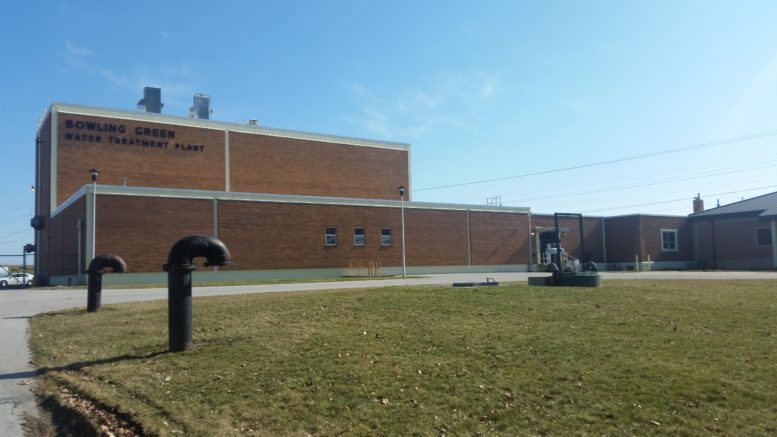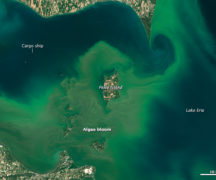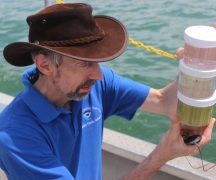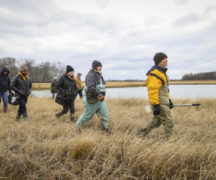By JAN LARSON McLAUGHLIN
BG Independent News
It was just over three years ago that residents in northern Wood County were ordered not to use their water for three days. Any customers getting Toledo water were warned that algal blooms had made the water dangerous to drink.
Meanwhile, Bowling Green water customers continued consuming their water with no risks.
The crisis to the north prompted a water study to determine if such a crisis occurred again, if Bowling Green could supply the water needs of Perrysburg and the Northwestern Water and Sewer District.
The answer appears to be yes – with some new infrastructure.
The emergency water supply interconnection study was funded by a Local Government Innovation Grant from the state, with local matches from Bowling Green, Perrysburg and the district.
The study, conducted by Poggemeyer Design Group and presented by Linda Amos and Denise Plummer Monday evening to the Bowling Green Board of Public Utilities, found the following existing conditions:
- Bowling Green has 130 miles of water main, 1,342 fire hydrants, three water towers, and a 170-million gallon reservoir. Its water supply is 9.1 million gallons a day in the winter and 11.1 million gallons a day in the summer. The demands on the system average 6.5 million gallons a day.
- Perrysburg has 122 miles of water main, 1,736 fire hydrants, four water towers, and two pressure zones fed by two booster pump stations at two clear wells. The demands on the system average 2.7 million gallons a day.
- The Northwestern Water and Sewer District has 429 miles of waterline, 3,581 fire hydrants, two ground water storage, seven water towers and five booster pump stations. The district purchases potable water from Bowling Green, Toledo, Fostoria, Oregon and through Perrysburg from Toledo. The average demands are 7.5 million gallons a day.
Bowling Green is the only one of the three to treat its own water and not buy it from another source.
To provide interconnection between the three entities, the study suggested an emergency interconnection in Middleton Township. It would be located on Ohio 25 between Five Point Road and Reitz Road.
Plummer described two scenarios studied for emergency water. In the first, it was analyzed whether or not Perrysburg could supply water to the area. It was found to be possible – but only with additional booster pumps.
The second scenario studied whether or not Bowling Green could supply the water needs of the entire area. It was discovered that it could – all while maintaining good pressure in southern Wood County which is already served by Bowling Green.
Plummer said creating such emergency connections could save Wood County entities from scrambling to serve their water customers if another crisis were to occur.
The estimated cost of constructing such a system would be about $540,000. The total cost with all the engineering, testing, permits and legal expenses was estimated at $607,000. If the project were to proceed, funding would be sought, Plummer said.
Plummer and the board of public utilities discussed how the engineering portion of the project was easy compared to the logistical and legal agreements that would be required.
Board member Mike Frost asked who determines when an emergency warrants the water connection being used. Amos said it’s likely to be well spelled out, and be a decision made by an individual – not made by a group during an emergency. Those type of details would have to be negotiated.
In other business at the board of public utilities meeting Monday evening, Joe Tillison was recognized for his work at the city’s wastewater treatment plant by the Ohio Water Environmental Association. Tillison has been instrumental in the design, equipment selection, construction and startup of several projects for the city of Bowling Green. He provides tours of the facility to other professionals and to school and public education groups regularly. Tillison is also actively involved in state and section OWEA activities.





